Brisbane is undergoing a transport makeover. New projects, policy changes and infrastructure are reshaping how people live, work and play in the city. Public transport is no longer just about getting from A to B. It’s becoming central to urban design, affordability and quality of life.
Here are some of the major upgrades and policy shifts underway.
Brisbane Metro is a rapid transit system using high-capacity electric buses. It connects key suburbs such as Eight Mile Plains, the Royal Brisbane & Women’s Hospital, Roma Street and the University of Queensland. Services are designed to run frequently, with peak times seeing departures every few minutes.
The city has introduced a new bus network, with improved frequency, reliability and route coverage. This makes it easier for commuters to reach key areas without long waits or multiple transfers.
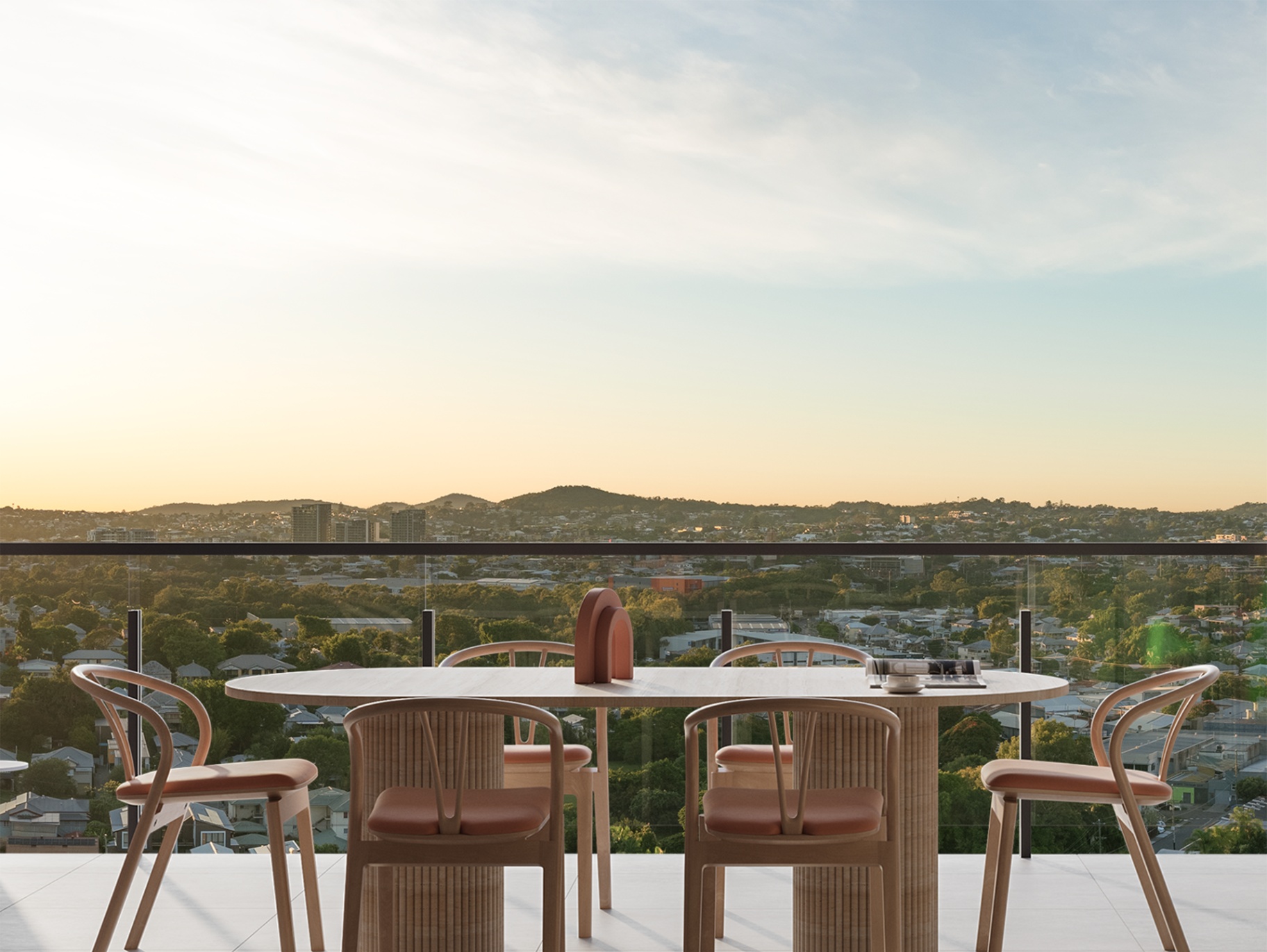 Coposit | Buy with $10K | Off the plan Brisbane | Buy property faster
Coposit | Buy with $10K | Off the plan Brisbane | Buy property fasterMurcia Residences | Off the plan Brisbane | 1 bedroom | Secure with $10k and $756 x 92 weeks
Major infrastructure projects are also boosting connectivity. The Kangaroo Point Green Bridge is opening up pedestrian and cycling access to the CBD. Electric buses and charging systems are being introduced to support a greener transport network. Overall, the focus is on reducing congestion, cutting emissions and making travel smoother across the city.
Affordable fares are transforming the way people use public transport. New initiatives, including cheaper standard fares, are encouraging more people to leave their cars at home. Lower travel costs benefit students, workers and families alike.
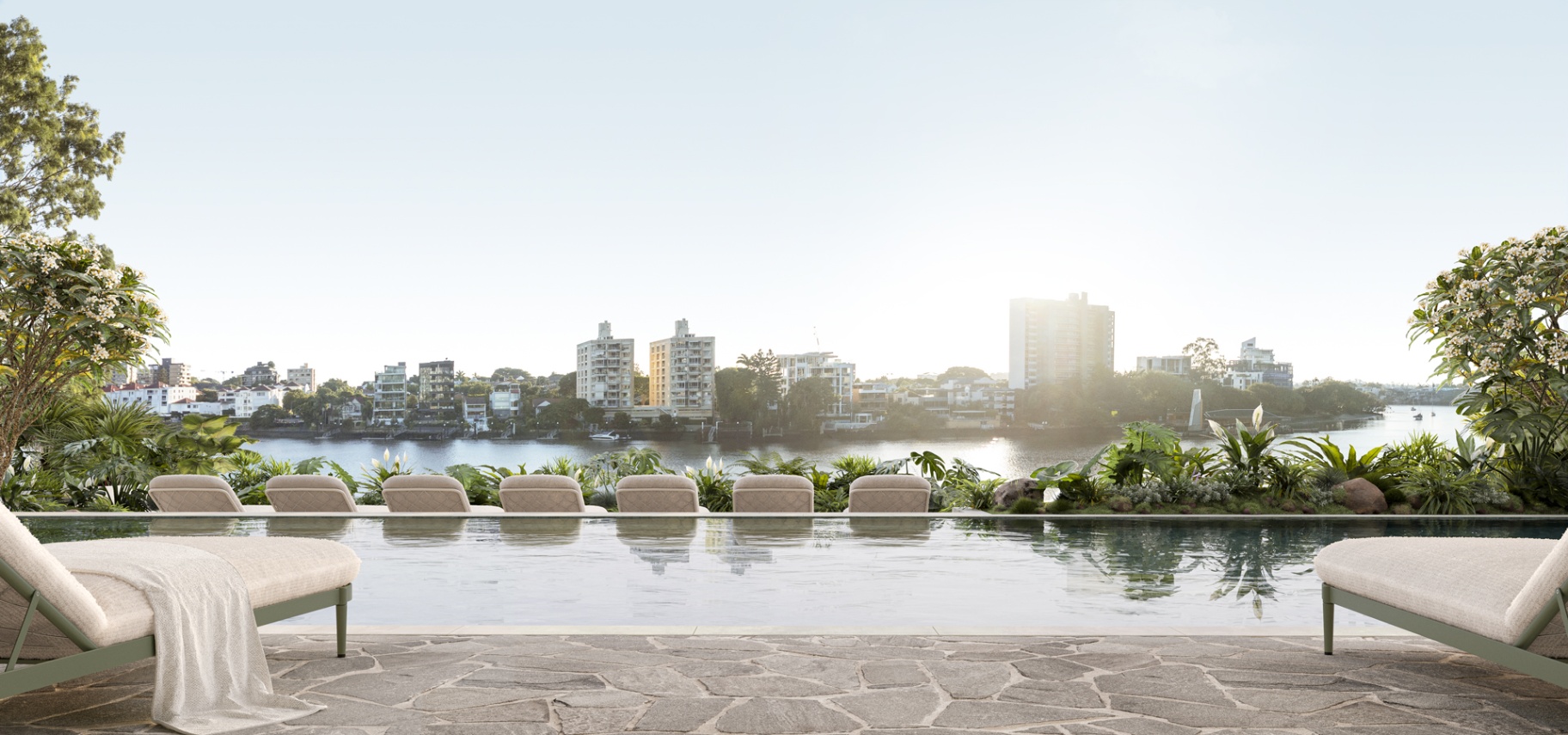 Coposit | Buy with $50K | Off the plan Brisbane | Buy property faster
Coposit | Buy with $50K | Off the plan Brisbane | Buy property fasterGaia | Off the plan Brisbane | 3 bedrooms | Secure with $50k and $2,417 x 84 weeks
These transport improvements are changing life in Brisbane in several ways.
Better transit options reduce travel times. With Metro, frequent buses, and improved connectivity, people can live further from the city without spending hours in traffic.
As transport improves, suburbs that were once considered remote are becoming more attractive. Buyers and renters can consider a wider range of areas without sacrificing convenience, opening up more affordable housing options.
Development often follows transit. Areas near Metro stops, busways and bridges are seeing more investment. New shops, cafes and housing projects are appearing around these hubs, creating vibrant communities and boosting property values.
Active transport options such as walking and cycling are being promoted through new bridges and pathways. Electric buses are cutting emissions, while reduced car usage eases congestion. Together, these changes are improving air quality and supporting healthier urban environments.
Frequent and affordable public transport means more people can access jobs, education and services without needing a car. Students, seniors and workers benefit from low-cost travel, while improved coverage reduces transport gaps in outer suburbs.
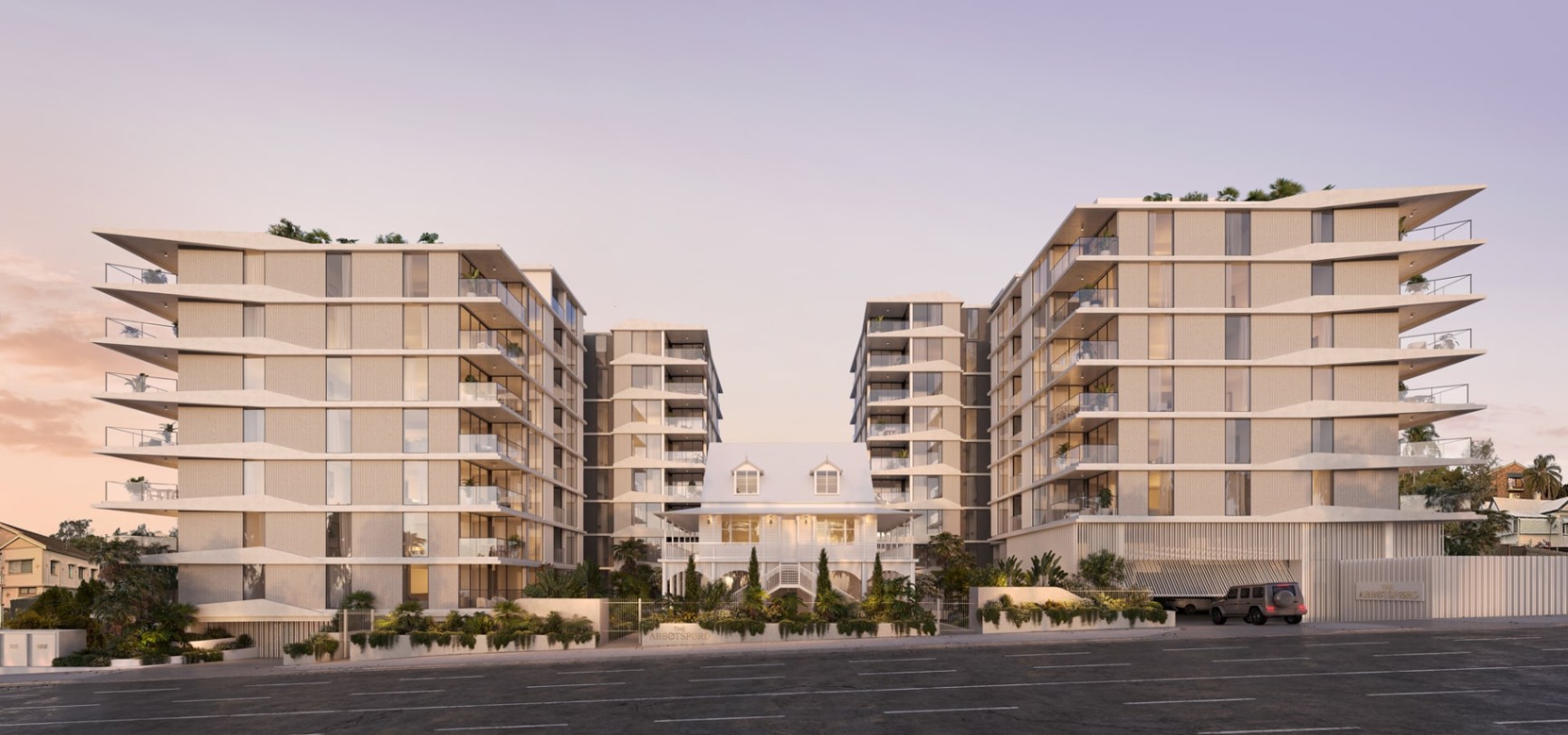 Coposit | Buy with $10K | Off the plan Brisbane | Buy property faster
Coposit | Buy with $10K | Off the plan Brisbane | Buy property fasterThe Abbotsford | Off the plan Brisbane | 2 bedrooms | Secure with $10k and $1,527 x 53 weeks
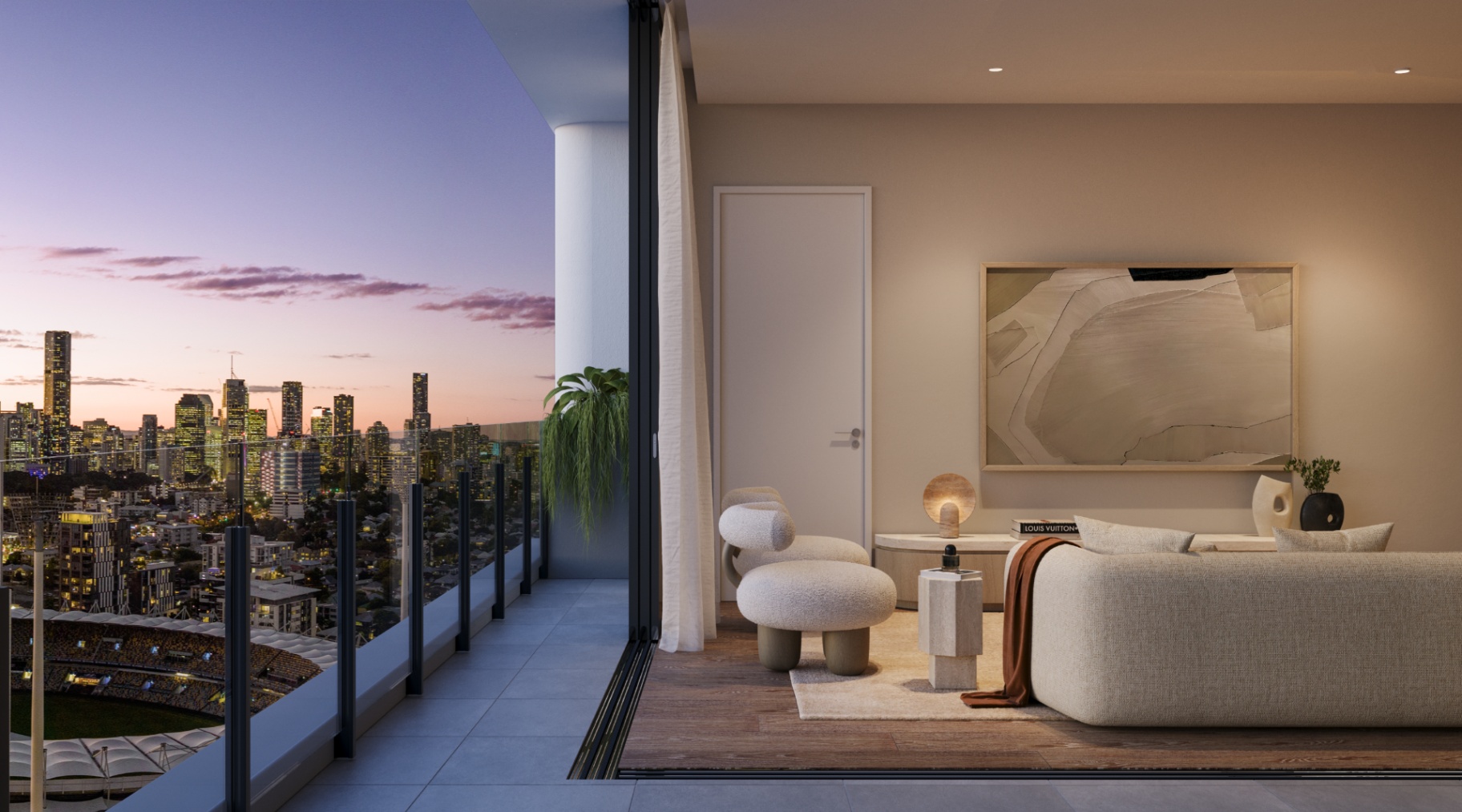 Coposit | Buy with $10K | Off the plan Brisbane | Buy property faster
Coposit | Buy with $10K | Off the plan Brisbane | Buy property fasterMurcia Residences | Off the plan Brisbane | 2 bedrooms | Secure with $10k and $1,250 x 92 weeks
Brisbane’s long-term transport plans focus on building a sustainable, connected and liveable city. Projects such as the Metro extensions, Cross River Rail, cycling networks and green bridges are all part of shaping the city’s future. The goal is to integrate land use and transport, making sure housing, jobs and lifestyle opportunities are all within easy reach.
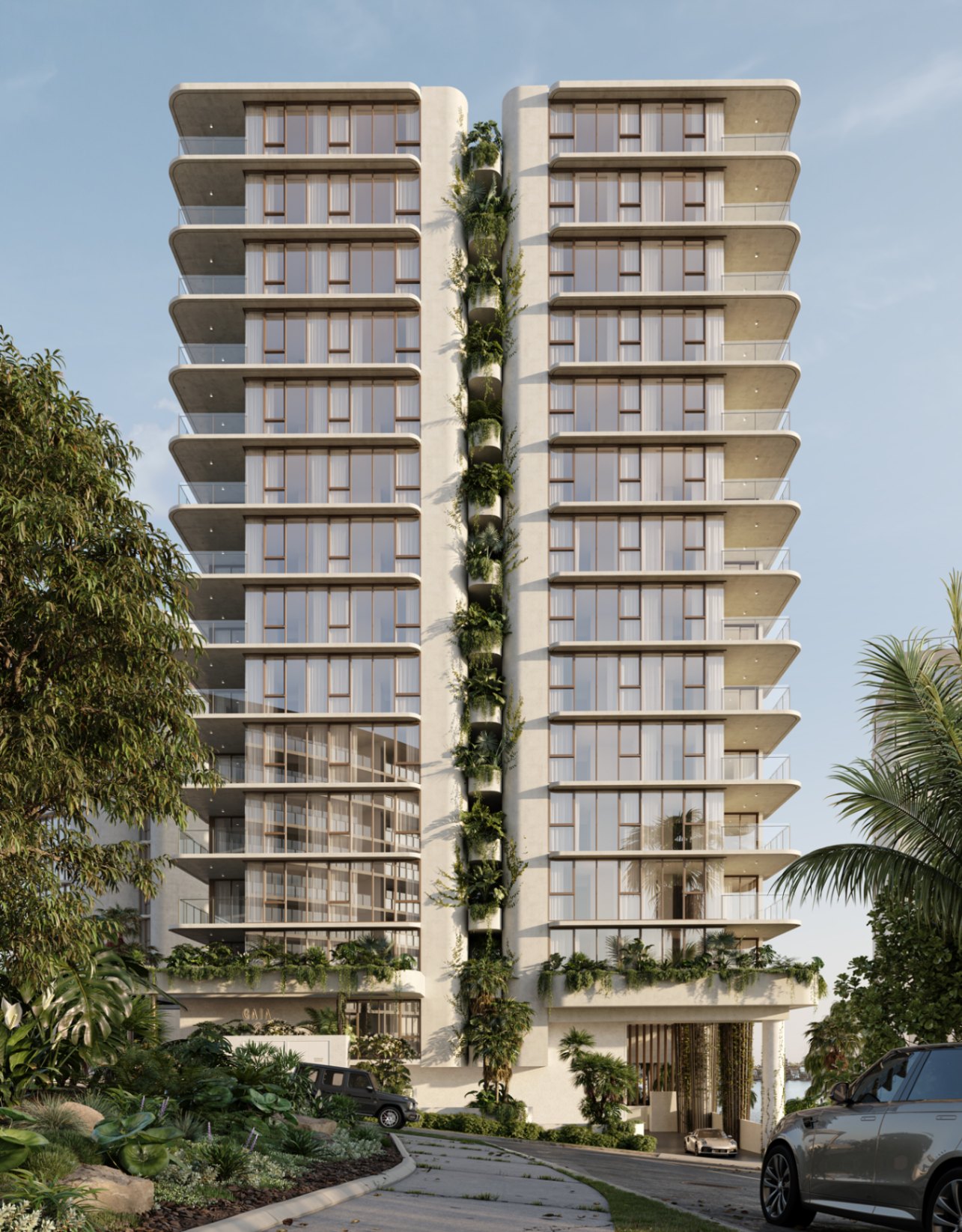 Coposit | Buy with $10K | Off the plan Brisbane | Buy property faster
Coposit | Buy with $10K | Off the plan Brisbane | Buy property fasterGaia | Off the plan Brisbane | 4 bedrooms | Secure with $50k and $4,227 x 84 weeks
Public transport improvements in Brisbane are doing more than moving people around. They are redefining where people choose to live, how neighbourhoods grow, and what daily life looks like. As networks become more frequent, affordable and sustainable, Brisbane is set to become a city where urban living is more connected, inclusive and healthy.
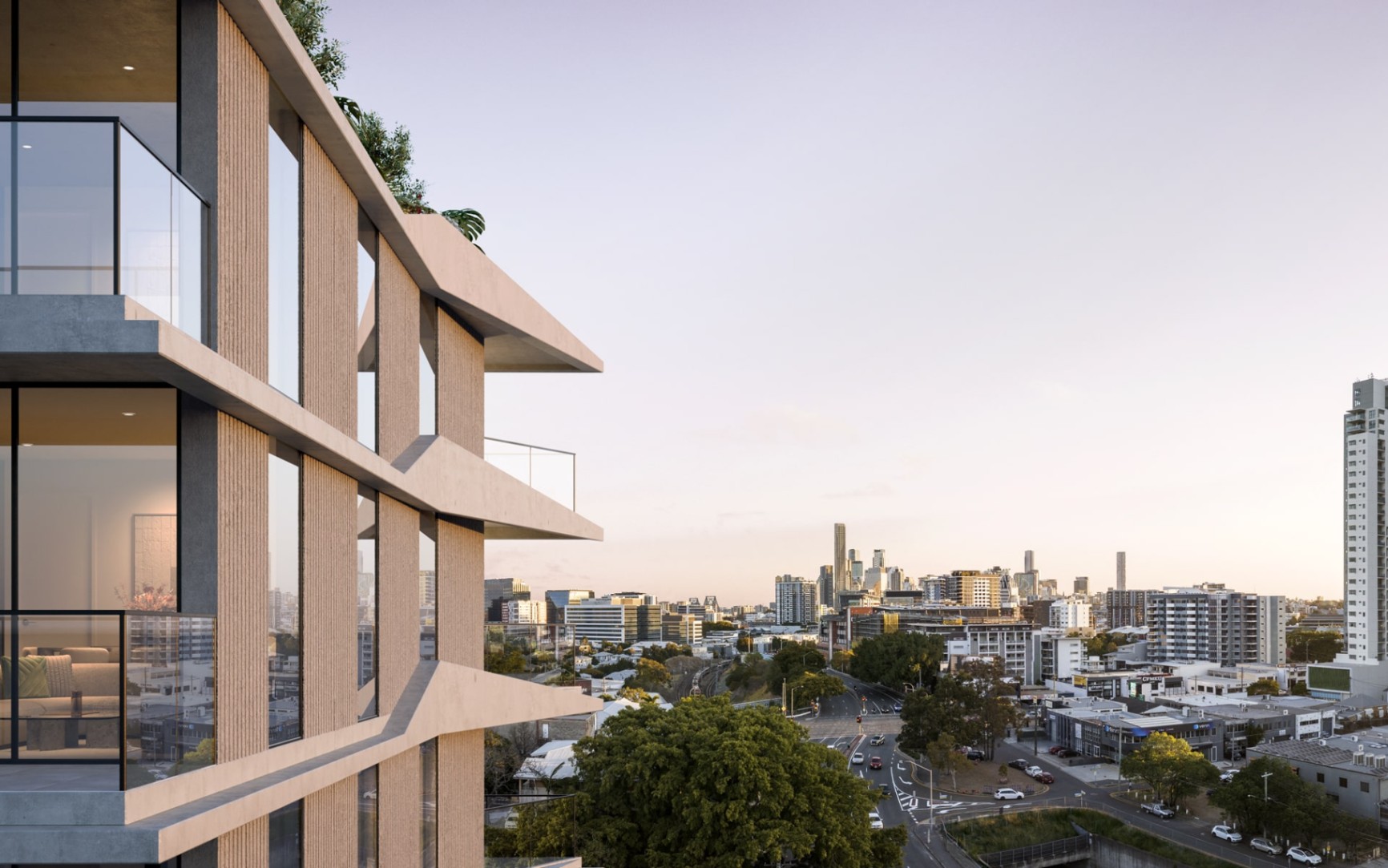 Coposit | Buy with $10K | Off the plan Brisbane | Buy property faster
Coposit | Buy with $10K | Off the plan Brisbane | Buy property fasterThe Abbotsford | Off the plan Brisbane | 3 bedrooms | Secure with $10k and $3,017 x 53 weeks
Share this article
© 2025 Copyright Coposit.
